Text by Laura Netz
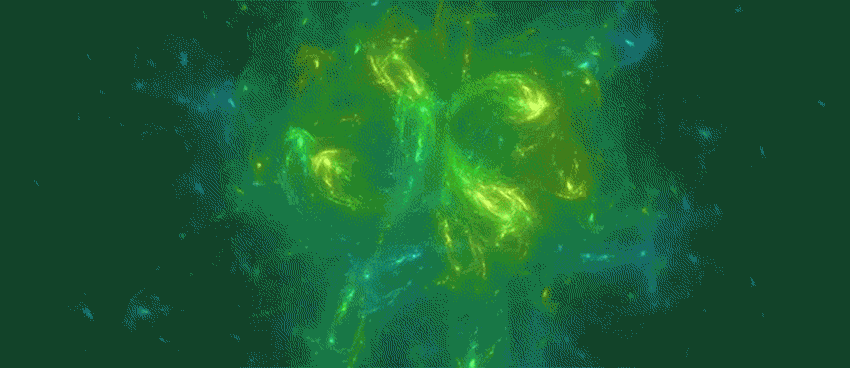
Patrice Olivier Acardy is an artist who creates multimedia installations, video clips, virtual experiences and 3D-printed sculptures. Born in La Reunion Island but now living in Paris, Arcady explores spaces between gender, identity and the posthuman universe, and through his work, tries to cross borders to create new utopian realities. His mixed inspirations link to the tradition and culture he belongs to, but using recent technological media to make art. A result of these experiments is the AR Instagram filter named ANTFC.
Arcady was recently invited to participate and exhibit at KatArt Global Art Fair in Doha (Qatar), an event that took place from January 17 to 22, 2020. For the KatArt Global Art Fair, Patrice Olivier Acardy presented a 3D – CGI – fractals triptych. This work is a contemporary interpretation of the Nativity Triptych. The fractals are generated using artificial intelligence (AI) and come to life through an augmented reality mobile app, the Artivive. The works are doors to the fractal world, and these are activated through users’ smartphones pointing towards them.
Fractals are mathematical expressions that result in patterns of details at all scales. Fractals have been around for a hundred years, or at least since the late nineteenth century, when these appeared in the study of pathological curves. In 1975, Benoit Mandelbrot first named these expressions “fractal geometry”, and he discovered the Mandelbrot set in 1980, one of the most famous and explored fractal shapes.
Currently, fractals are used in computer graphics and art creations and in medical research, for example, to measure how chaotic the heartbeat is. Chaos is sensitive to the initial conditions, and fractals exhibit the same sensitivity; small changes in the input lead to unpredictable changes in the output.
Other works with fractals by Patrice Olivier Acardy combine CGI with next-level music production. The work Critical Density consists of five songs, each accompanied by a unique music video. The artist pays particular attention to texture and the crisp intricacy of his subjects’ surface in his abstract graphics. Thunderous and groggy bass synths accompany the video, and a clacking kicking drum complements the vivid immersion of it all. As the video progresses, the surface texture of the reef morphs and the rocks begin to smooth and bubble, becoming what looks like a series of solidified volcanic eruptions at the bottom of the sea.
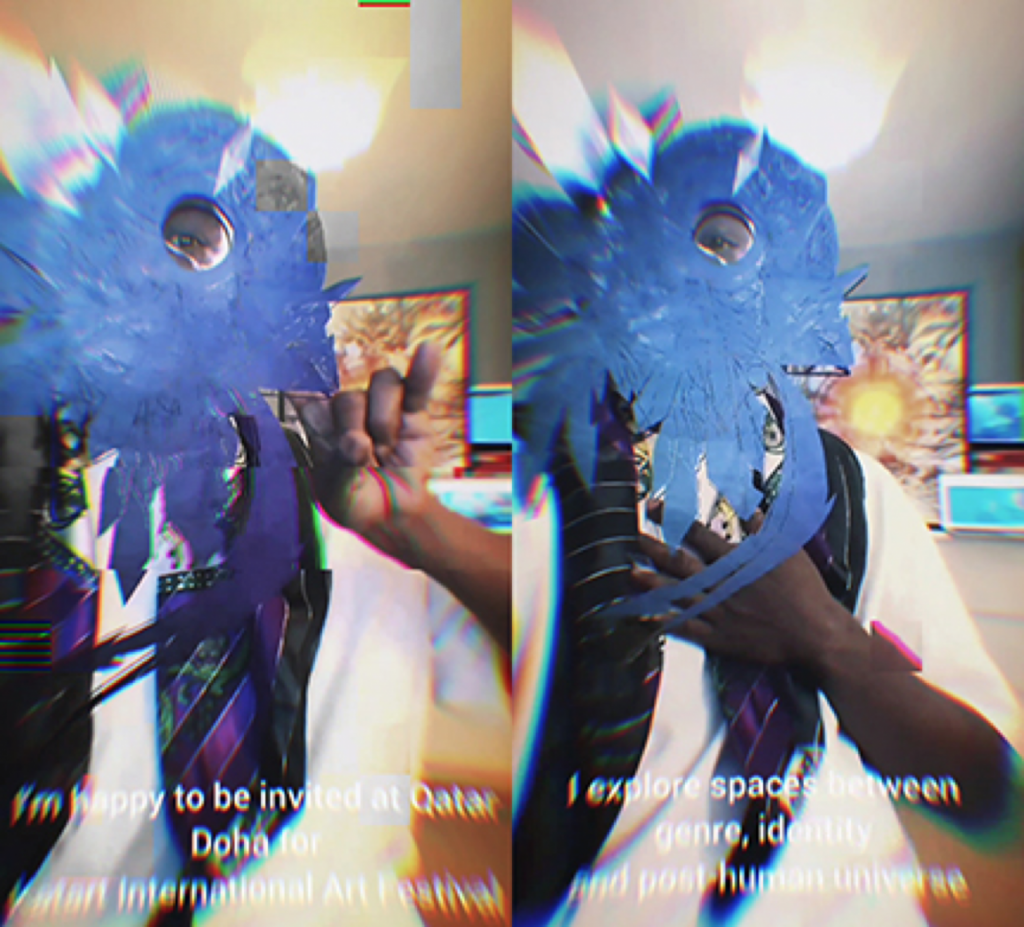
AI in the Age of algorithmic governance
Currently, more and more artists are working with new technology tools such as algorithms, machine learning and neural networks, which are different processes in AI. Although the sophisticated features these give to human creativity, AI is a defiant power which is present in almost all hidden infrastructures of our society. AI shapes robotics, software development, internet data trackers, and more. In a posthuman world, AI ethics is undeniable.
The technocapitalist world, empowered by military budgets, innovation policies and tool development, is tied to planned obsolescence and other climatic catastrophes. However, at the same time, we cannot deny the effects of disruptive techs, such as AR, offering creative possibilities to envisage new worlds. Here, artists such as Patrice Olivier Acardy and Martina Zelenika use AR apps to create art. Martina Zelenika created an artwork based on the technique of AR using a smartphone app called MoTHA (Metaprogramming of The Human Algorithm – the new series of MooN).
According to her, the AR apps are inspired by so-called evolutionary algorithms, or genetic algorithms, which include the process of the “survival of the fittest” in the aspect of matches between the human spirit and its genetic-based physical conditions. So AR and algorithms approach creativity to knowledge, art and science.
Besides, Ruth Catlow states that AI is produced in network environments but also claims for algorithmic justice, which refers to human organisations and other beings being put at the heart of society, but not the technological system. Now systems are optimised to create money and profit, displacing human values, when indeed the social system must sustain an interspecies-system. Ruth Catlow questions If AI and algorithms reinforce the prejudices and biases of its human creators and societies, how do we fight discrimination and injustice now and into the future?
Furthermore, this refers to the question of care work and not-profit activities, which are neglected by technological AI surveillance and tracking systems. Ecologies of care are related to the physical ecologies where infrastructures of machine learning and AI in general, as well as neural networks, peak in energy consumption but also reinforce historical bias and inequalities and impact in society through social inequalities and gender and racial prejudices.
The massive carbon footprint of machine learning and training popular off-the-shelf machine translation algorithms have a similar carbon footprint to five vehicles’ entire lifetimes, including their fuel. So, the ecology of mind that Felix Guattari advocated in Three Ecologies must be put in question refereeing to new AI minds, which we do not know yet if these pass the Turing Test.
The bias in AI is also related to relations between technology and the economy, according to Caroline Sinders. Technology is central to our economy and drives social change. Nevertheless, human activity in training data models implies that AI is about human processes. Training AI systems systematise factory jobs and precarious economies, such as the Amazon data model, which perpetuates unequal conditions underpaying artists.
An ethical feminist perspective has to re-examine the machine learning process to make them equalitarian. Unfortunately, Amazon Mechanical Turk is a standard model exploiting workers worldwide. Ethical machine learning implies paying trainers beyond living wages but also providing equity to the program, feedback and interpretation because data is created from and for communities.

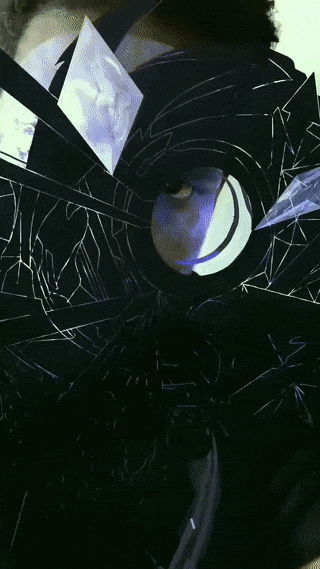
Creating Opens Doors with the AI Artitive app
Patrice Olivier Acardy states, Having the possibility of opening these fractal doors in Qatar is related to a powerful symbolism”. The story is as follows. It goes back to Salon des Refusés, an institution with a long and strong tradition in France but a tradition of “Closed Doors”. The Salon was where emergent artists and those representing counter-current and new tendencies presented their artworks. It happened during the second half of the 19th century, coinciding as well with the period known as modernity. Modern art emerged in France, and other regions of Europe, as a reaction and opposition to the official taste.
At Salon des Refusés, for the first time, Manet exhibited his painting Le Déjeuner sur l’herbe, an artwork described by art historians as one of the most paradigmatic from the modern era. Paradigmatic, because altogether with Manet’s other works, such as the Olympia (1863) and The Execution of Emperor Maximilian (1868–69), represented a change of epoch, from Romanticism to Modernity contributing to new values and renewed aspects in techniques and ways to express the society in which the modern artists were involved. Le dejeuner was rejected by the Salon jury in 1863, but it is one of the most beautiful, critical and essential works in art history.
Patrice Olivier Acardy continues to explain, “Being a black artist, from a disadvantaged family social background, self-taught, over-graduated from art schools, having grown up in a city where the cultural, political economy is at its lowest, has not brought me the best assets to move forward in this society.” So, despite his will, Patrice Olivier Acardy experienced the pressures of hierarchy and dominance.
In order to disobey, the artist declares the need to fight in a standardised world without taste or flavour. The artist expresses in his own words; We must break a certain rigidity in the conception of art history. A new generation of artists is involved in building a modern, free, better and peaceful world. Their role is to propose alternative ideas and forms to be free to say everything is possible, just open doors!
Fractals offer a soothing infinity because of their iterative and repetitive geometrical structure. Besides their hypnotic effect and undeniable aesthetic appeal, fractals are particularly interesting because they show the possibility of infinite levels, scales and iterations inside a finished structure. In other words, all that is finite and fractal can contain infinity on its own. The infinite is to open a door then, enter the interior of the room then reopen a door that will give access to other rooms to discover and rediscover things that are not yet being explored.
When I started researching fractals, I conflicted with myself. After four years of developing the project, and defending it at all costs, I had no idea that an artistic work could then become scientific and spiritual. Through my works and the experiences they offer, I establish dialogues with the general public, specialists, young people, decision-makers and art professionals. This is how I want to promote and share the culture for peace with new generations. Today in Doha, the doors are opening, and it is rather an excellent sign.
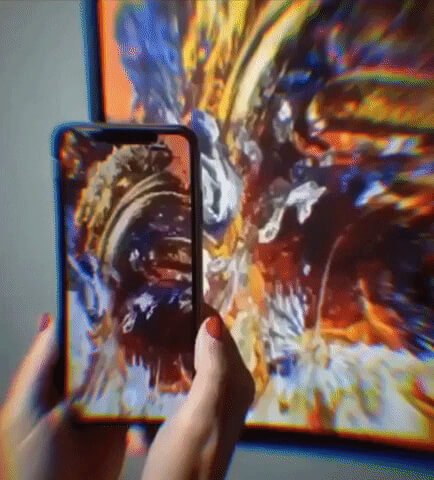
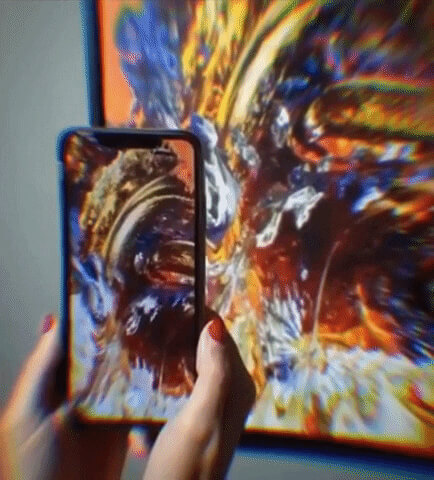
MANIFEST LIF3
According to the manifesto on their site, Patrice Olivier Acardy states his interest in science and technology because his art represents an “intuitive equivalence” to scientific knowledge. Why would the artist deprive himself of research tools forged by scholars and engineers?
Patrice Olivier Acardy’s works represent life: all phenomena (growth, metabolism, reproduction) presented by organisms, animals or plants, from birth to death. Furthermore, the artist takes opportunities for immersion and interaction offered by the technology. Thanks to digital machines and AI, his works come to life, and the artist uses the definition of artificial imagination to refer to these works. Patrice Olivier Acardy works as well with generative works that are never two seconds the same and are also related to unlimited life.
He likes art that allows confronting reality to infinity, an art that allows audiences to think and reflect on our robotic world. The artist states in his manifesto; I make shapes to provoke each effect. AI is there, but we do not know yet if there is an “imagination artificial.”.. that is what we are trying to prove somehow.
Moreover, the artist appeal to the aesthetics of complexity. Using fractals, an imaginary poetic-scientific is developed. New hybrid forms are created considering the spirit of play and experimentation. The combinations are infinite. Each image is unique and beautiful, allowing us to explore a better world, for the Man of tomorrow, for his place in the universe and life elsewhere, and also question Promethean. Visually it is demonstrated the existence of new forms of life, textures, materials, energies, technologies, and unknown but existing imaginary poetic fractalised.






